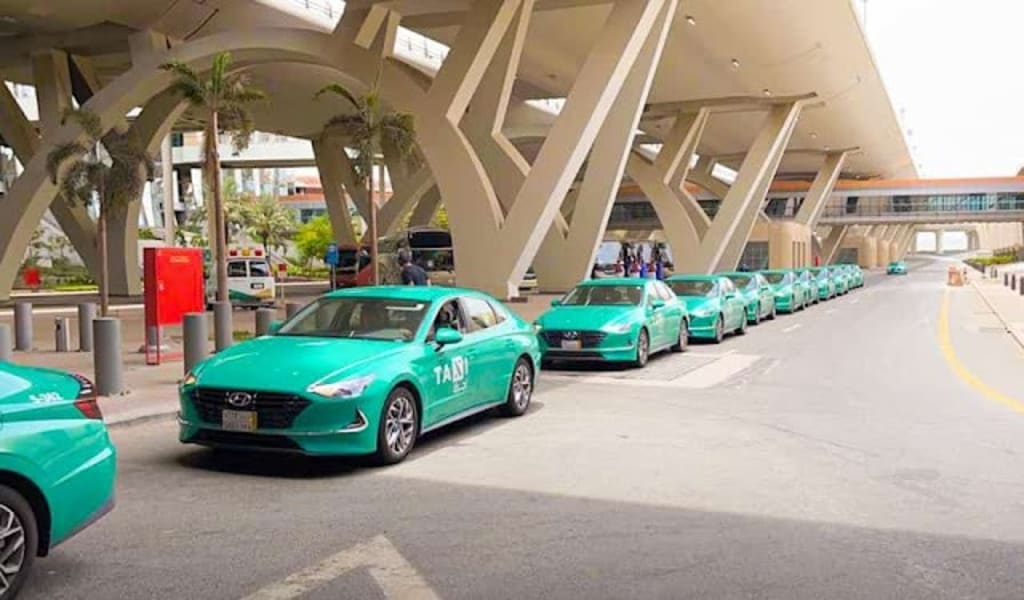
Introduction
Ever tried explaining your brilliant business idea to someone who doesn’t speak your language? Frustrating, right? Now imagine doing that while trying to grow your startup in a new country. That’s the daily reality for countless multilingual entrepreneurs. Enter virtual Business Development Centers (BDCs)—a digital solution with global potential. But here’s the twist: their success hinges on one thing—language accessibility Auto BDC.
Let’s break down how virtual BDCs are stepping up their game to help entrepreneurs across languages and cultures.
Understanding Virtual BDCs
What is a Business Development Center (BDC)?
A BDC is essentially a support hub that provides tools, mentorship, and resources to help businesses launch, grow, and thrive. Traditionally, these were physical offices, often funded by governments or nonprofits.
The Shift from Physical to Virtual BDCs
In the post-pandemic era, many BDCs have gone fully virtual. Why? Cost-effectiveness, greater reach, and the sheer convenience of digital tools. Entrepreneurs now access help from anywhere, anytime.
Why Entrepreneurs Are Turning to Virtual Support
Remote work, online learning, and digital networking are now the norm. Virtual BDCs offer 24/7 support, often with lower overhead costs and better scalability.
The Language Barrier in Entrepreneurship
Common Challenges Faced by Non-English-Speaking Entrepreneurs
If English isn’t your first language, applying for funding, understanding legal documents, or attending networking events can feel like climbing Everest—without a guide.
How Language Gaps Impact Business Development
Poor communication leads to missed opportunities, misunderstanding of key terms, and even legal risks. Language barriers can make or break a startup.
The Demand for Multilingual Support
Demographics of Multilingual Entrepreneurs
Immigrants, refugees, and international students often start businesses in their host countries. Their languages? Everything from Spanish to Swahili to Vietnamese.
Increasing Need for Inclusive Services
One-size-fits-all doesn’t work anymore. Multilingual entrepreneurs want support in the language they dream in—and they deserve it.
Language Accessibility Defined
What is Language Accessibility in the Context of Virtual Services?
It means making information, tools, and communication understandable and usable—no matter what language someone speaks.
Accessibility vs. Translation vs. Interpretation
-
Accessibility: Providing language-friendly environments.
-
Translation: Written word conversion.
-
Interpretation: Real-time spoken translation.
Virtual BDCs are using a mix of all three.
Strategies Virtual BDCs Are Using
Multilingual Websites and Portals
The first impression matters. A homepage available in multiple languages is a warm welcome, not a cold wall.
Live Chat and Customer Service in Multiple Languages
Real-time support in a preferred language? That’s gold. Some BDCs use bilingual staff or smart AI to deliver this.
Multilingual Business Coaching and Mentorship
Imagine learning about pitch decks or investor relations—in your native language. It’s empowering and practical.
Localized Resource Libraries and Documents
From startup guides to tax regulations, translating and localizing resources helps entrepreneurs make informed decisions Harley Davidson BDC.
The Role of AI and Machine Translation
Real-Time Translation Tools
Thanks to Google Translate, DeepL, and Microsoft Translator, real-time support is easier than ever. Some BDCs embed these tools directly into their platforms.
AI-Driven Chatbots and Support Systems
Chatbots now understand and respond in multiple languages, reducing wait times and increasing engagement. Smart, right?
Human Touch: Professional Translators and Cultural Liaisons
When and Why Human Translation Still Matters
AI’s great—but nuance matters. Professional translators ensure that critical info isn’t “lost in translation.”
The Importance of Cultural Context in Business
It’s not just about words—it’s about tone, intent, and local norms. That’s where cultural liaisons play a vital role.
Inclusive Training Programs
Workshops in Multiple Languages
From Zoom webinars in Spanish to Mandarin e-learning modules, training is becoming truly global.
Onboarding Programs Designed for Diverse Audiences
Some BDCs now offer tailored onboarding paths, depending on language and cultural background. It’s about time.
Case Studies of Success
Example 1: Latinx Entrepreneurs in the U.S.
A virtual BDC in California introduced Spanish-language mentorship and saw a 40% spike in client engagement. Talk about ROI!
Example 2: French-Speaking African Entrepreneurs in Canada
BDC Canada launched French-language webinars and support groups, helping many African immigrants thrive in the startup ecosystem.
Challenges BDCs Face in Implementation
Budget and Resource Constraints
Translation isn’t cheap. Neither is hiring multilingual staff. But the ROI in community trust and engagement is worth it.
Maintaining Quality Across Languages
Consistency is key. Mistranslations or generic content can damage credibility. Quality control is a must.
Collaboration with Community Organizations
Partnering with Local Language Organizations
BDC partnerships with nonprofits and cultural groups help bridge gaps and expand reach.
Leveraging Existing Cultural Networks
Word-of-mouth spreads faster when community leaders endorse and support BDCs. Trust is built one conversation at a time.
Future of Language Accessibility in Virtual BDCs
Trends to Watch
Expect more integration with voice AI, real-time video interpretation, and culturally adaptive content.
The Role of Government and Policy
Governments are starting to recognize the economic power of inclusive entrepreneurship. Policies and funding may soon follow.
Conclusion
Virtual BDCs are no longer a luxury—they’re a necessity. And if they truly want to serve the next generation of entrepreneurs, language accessibility isn’t optional—it’s essential. Whether through AI tools, human translators, or inclusive training programs, the best virtual BDCs are building bridges, not barriers. And in a world that’s more connected than ever, that makes all the difference.
FAQs
1. What languages are most commonly supported by virtual BDCs?
English, Spanish, French, Mandarin, and Arabic top the list—but it varies by region.
2. Are machine translations reliable for business use?
They’re improving rapidly, but for legal or sensitive documents, human translation is still best.
3. Can I access a multilingual mentor through a virtual BDC?
Yes! Many BDCs now match mentors based on language and cultural background.
4. How can I find a virtual BDC that supports my language?
Check their website or contact support. Many list language options or offer on-demand translation services.
5. Are there any free language accessibility services for entrepreneurs?
Absolutely. Some nonprofit BDCs offer free translation, interpretation, and workshops—especially for immigrant entrepreneurs.